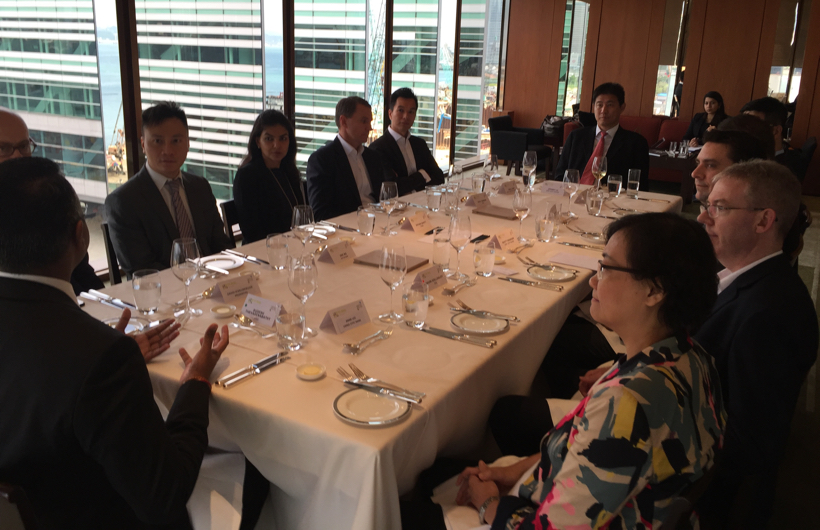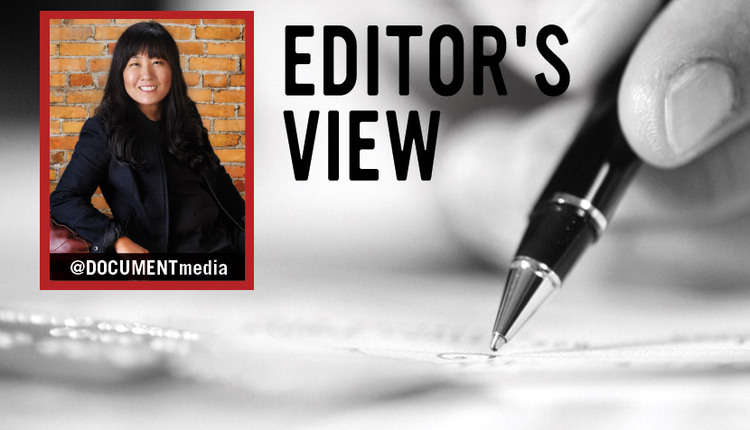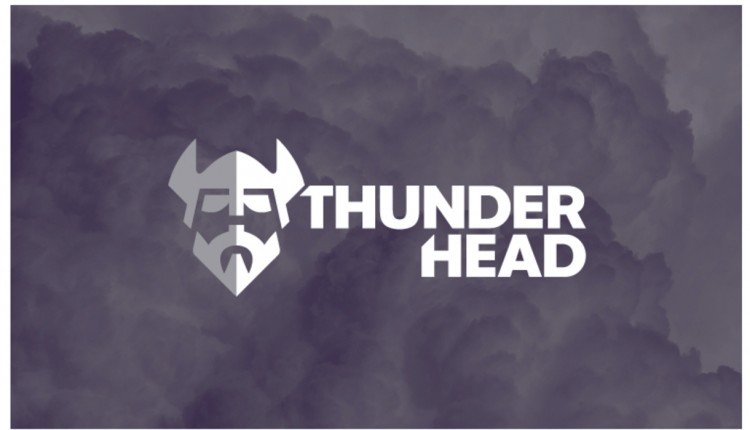
Image by: Shaiatea, ©2015 Getty Images
As I returned home from what was my last business trip of 2015, I was thinking about the year that passed. It was an incredible year for customer communications, and I was able to connect with communication experts from all over the world at several great industry events, including trade shows, client meetings, roundtables and, of course, DOCUMENT Strategy Forum.
The major trend of 2015 that I observed was the rise in prominence of customer communications to the level of executive attention. I was lucky enough to participate as the host and moderator at an industry roundtable in Hong Kong that included technology implementers, line of business owners, thought leaders and executives of large enterprises. They all were looking at this trend from different angles as they plan for 2016.

Executives and thought leaders gather for an industry roundtable in Hong Kong.
From the technology perspective, I met with a Bank of China executive who started his career as a data scientist. He knows customer data resides in many systems; yet, many existing customer experiences include entering redundant data. He was concerned about how he can capture more contextual data to improve customer communications by extending concepts of A/B testing.
A line of business owner for HSBC’s insurance division explained that customer journeys are highly localized for every country in her territory. This is compounded by regulatory complexities, which often require the collection of data that is ultimately never used. When product lines cross, regulators from multiple agencies must approve communication-related content. She wants to power through this complexity to deliver the right experience for the customer—to support better results for the business.
One of the experts was a thought leader from academia who became the chief customer officer (CCO) at Prudential. I’ve met a chief digital officer (CDO) and a chief experience officer (CXO) before, but this was my first introduction to a CCO. We discussed customer journey maps and how they are “million-dollar masterpieces.” Those focused on customer experience want to go beyond the mapping exercise to reach through the map and actually affect change.
"I think 2016 will be a pivotal year that combines customer communication projects with customer experience initiatives in a myriad of unique ways. "
These executives are tired of this and have started to take action in 2015. The companies that aren’t focusing on making meaningful improvements to customer experience (CX) in 2016 will find themselves behind their competitors—and it will be a struggle to catch up. Forward-thinking executive teams are looking to have their CCOs, CDOs and CXOs put an end to the status quo and improve the customer experience. They are seeking ways to apply concepts, like customer journey mapping, to customer communications. They are tired of excuses and are not willing to take "It is the way it is" for an answer.
The new CCOs, CDOs and CXOs are measuring things differently, working to connect things in ways that are meaningful to the clients and adding context to communications. They are optimizing experiences to communication devices. They are seeking to measure emotional sentiment during the collection of interactions that create each customer’s individual journey. They are measuring post-communication results in terms of shares, referrals and recommendations. Most importantly, they are prioritizing these deliverables over what many projects are measured on today. It’s not only about cost. It’s not only about responses per campaign. It’s about tracking interest, emotion and engagement across many communications and channels. A recent Forrester study tracks how customer engagement varies across channels within the enterprise. This thinking will impact the metrics of nearly every communication project undertaken in 2016 and beyond.
I know many of you are facing these challenges right now. One of the things I am looking most forward to in 2016 is seeing how companies respond to these challenges. I think 2016 will be a pivotal year that combines customer communication projects with customer experience initiatives in a myriad of unique ways. I look forward to seeing you and sharing more about this at DOCUMENT Strategy Forum in Chicago!
What do you think 2016 has in store for customer communications and the customer experience? What current metrics are you using for customer engagement in your communications? Have they been successful? Leave a comment below and I'll respond here or in person in Chicago.
Scott Draeger is vice president of product management at GMC Software Technology, a provider of multi-channel and highly personalized document outputs for customer communications management. For more information, visit www.gmc.net or follow him on Twitter @scottdraeger.





















